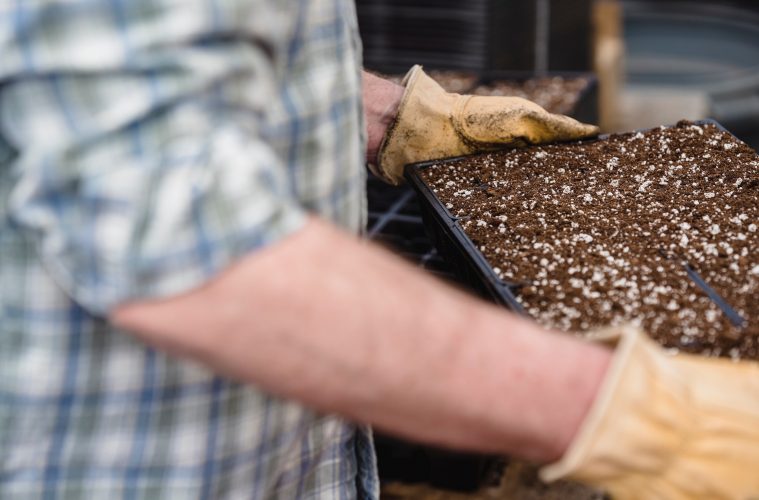Growing plants from seed is an essential gardening skill that takes patience and a gentle hand to get right. It is also one of the best ways to get strong and healthy plants perfectly adapted to your garden environment from their inception. This process starts with the most important garden component of all – soil.
A seed starting mix needs a couple of characteristics to help seeds germinate and grow with as little resistance as possible. It should retain plenty of moisture to keep the seeds moist while also draining well enough to prevent early rotting in vulnerable roots. Seed starting mixes are also generally lower in nutrients (too much can burn the young roots), as the seeds come with everything they need to germinate initially.
Seed starting mixes are available at nurseries. But, for gardeners who like to know exactly what goes into their soil and prefer the DIY option, you can also make your own. These mixes contain various soilless components that aid germination in some way.
There are many recipes out there, but this ratio provides a good base for any seeds you wish to germinate:
- 2 parts coco peat
- 1 part perlite
- 1 part vermiculite
You can also use pure coco peat for seedlings that require a little more moisture, covering with a layer of vermiculite on top. The coco peat retains plenty of moisture without becoming heavy and the perlite and vermiculite improves drainage and airflow through the mix. Once the seedlings have grown a few centimetres and have a couple of leaves, you can feed them with a low-concentration liquid fertilizer for their first boost in growth before transplanting into pots or out into the garden.
Also read: How To Save Seeds For Next Season
Feature image via pexels


